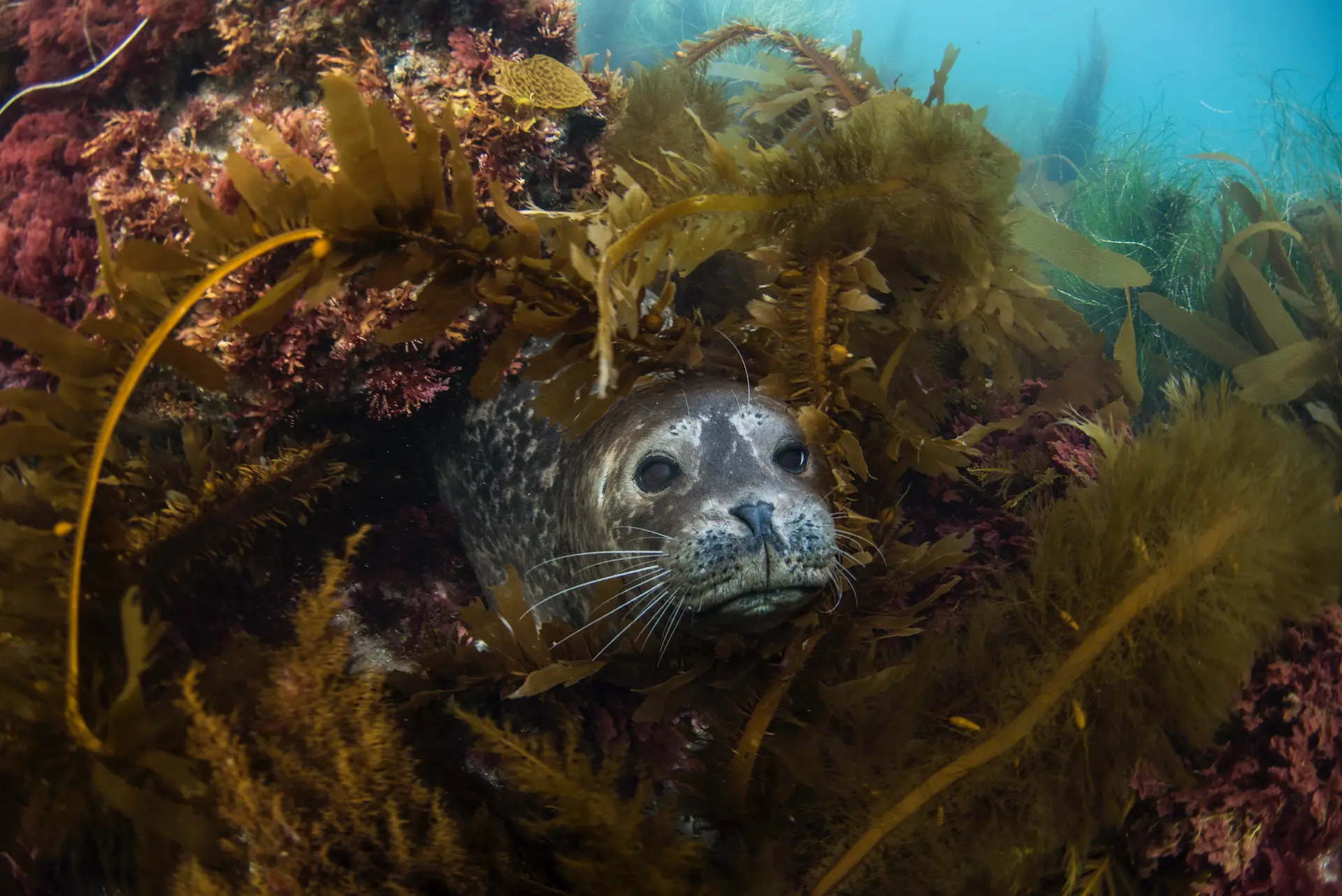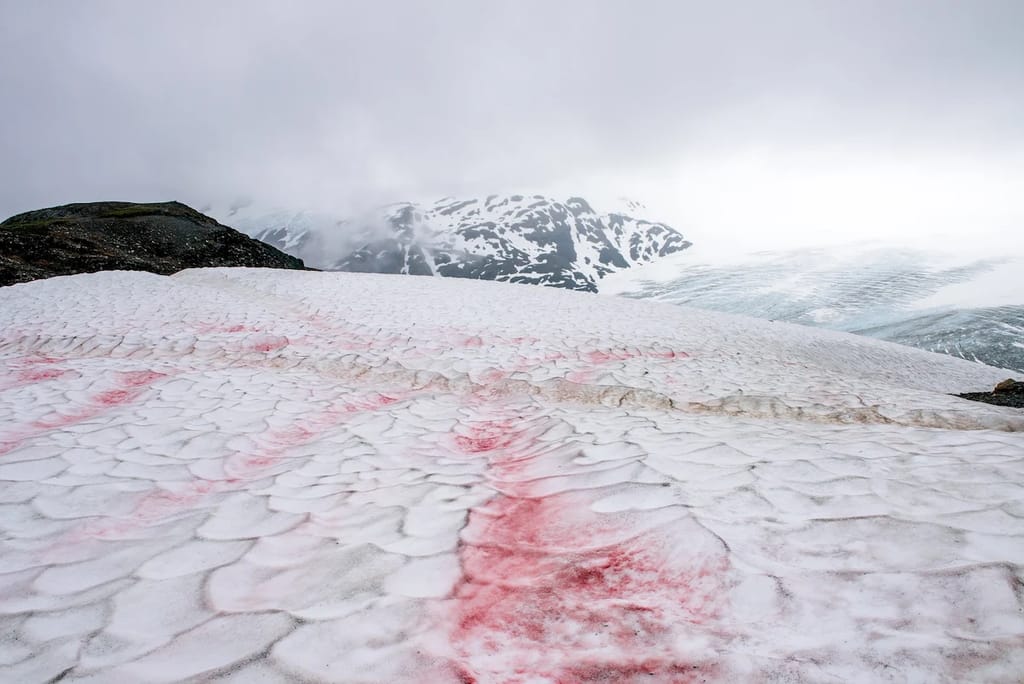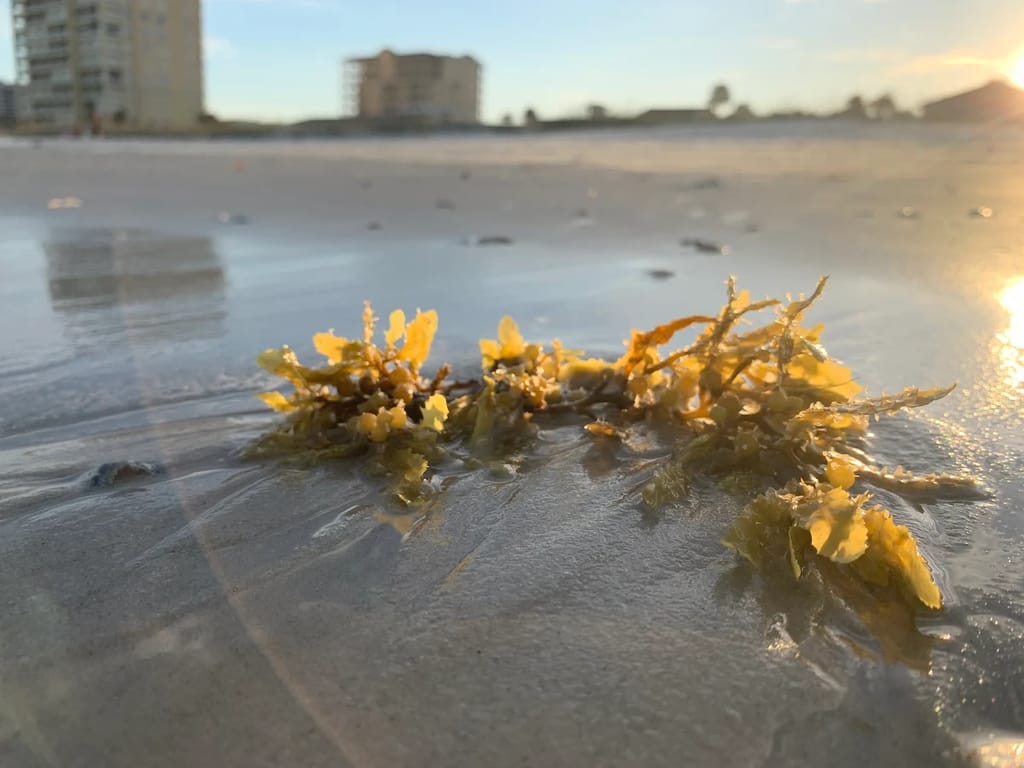Wild Facts About Algae
The fascinating truth about algae, some of Earth’s simplest organisms

Sometimes, some of the world’s most ecologically important species are the simplest. Enter a true star of the ocean: algae! The term “algae” is a blanket term that refers to a group of primarily marine organisms that have one thing in common: they are autotrophic. This means that they can take very simple substances and transform them into food. Algae are known as phototrophs, meaning they utilize (you guessed it) the process of photosynthesis, harnessing the power of sunlight, carbon dioxide and water to provide themselves with essential nutrition.
Algae photosynthesis may seem like a simple process, but it is huge when it comes to the delicate chemical balance of Earth. There are currently estimated to be at least 72,500 algal species on Earth, and scientists have calculated that these organisms have produced about half of all of the oxygen in the Earth’s atmosphere via photosynthesis. They also constitute the base of aquatic food chains, as many marine species consume phytoplankton and other algae as their primary source of nutrition. Those grazers go on to feed other marine species.
Get Ocean Updates in Your Inbox
Sign up with your email and never miss an update.
And that’s not all that’s surprising about these sunlight-loving creatures. Let’s dive in to five fascinating facts about our planet’s plentiful algae.
Some algae have special built-in sunscreen.
Algae can thrive in a diverse variety of ecosystems. While the algae in your local pond may be the first to come to mind, some places where algae are found may be surprising. In a phenomenon called watermelon snow, a species of ice-loving algae (Chlamydomonas nivalis) has been known to cause quite the spectacle in polar regions. While mainly green under a microscope, these algae also contain a red pigment called a carotenoid. This special pigment is activated only in the warm summer months as a form of protective sunscreen, turning red when it comes into contact with harmful ultraviolet rays. Built-in sunscreen sounds pretty cool, doesn’t it?

They can grow to be up to more than 200 feet in length.
The largest of all algae species is a marine species. Giant kelp are a type of macrocystis (a large, brown algae species) and are thought to have the fastest linear growth rate of any organism on Earth (up to about two feet per day). They can grow in water up to nearly 100 feet deep, growing fronds upward toward the sunlight and forming what are known as gas bladders (pneumatocysts) that act as makeshift buoys to keep the kelp upright. Giant kelp are very abundant off of southern California, where the species grows so plentifully that kelp forests are formed. These dense forests provide lovely ecosystems where marine species live, including fish, invertebrates like sea stars and sea urchins and many marine mammals. Sea otters are especially big fans of kelp: Sea otter mothers are known to wrap their little ones in kelp to keep them from drifting away while they hunt for food!
Some algae have a special relationship with coral.
Reef-building corals contain an itsy-bitsy type of algae with which they have an important symbiotic relationship. Zooxanthellae provide the coral with oxygen and help remove waste through photosynthesis, while the coral shelters the zooxanthellae and provides compounds needed for photosynthesis. This process is especially beneficial to the corals, which are able to use the sunlight-sourced energy from the phytoplankton to grow and build reefs. Plus, these algae are responsible for some of the beautiful diverse colors of many coral reefs. You can tell that the corals of a reef are stressed and unhealthy when they appear a pale white color. This is due to the coral pushing out zooxanthellae, resulting in coral bleaching. If the corals remain without the helpful phytoplankton for too long, they can die.
Certain fish species help keep algae healthy and growing, too.
Damselfish are stars when it comes to being devoted algae protectors. They’re known as “algae farmers,” as they chomp away at algal patches in their habitat, which helps the algae grow more productively. These fish valiantly guard these algal areas due to their nutritional value (partially thanks to runoff of feces from birds nesting on local islands). When there are fewer birds, though, the algal patches are less nutritious, resulting in less than enthusiastic damselfish. For example, recent studies found that damselfish native to islands facing problems with decreased bird populations due to problems with invasive rats were five times less likely to feistily protect their local algae.

Algae are powerhouses when it comes to removing greenhouse gases.
Large brown algal species are superheroes when it comes to absorbing carbon dioxide, in part due to their large size. After photosynthesizing, these algae secrete a type of mucous into the environment that takes quite a long time to break down. Scientists now believe that brown algae could be responsible for capturing of more than 500 million tons of carbon dioxide from the atmosphere each year, acting as an important player in governing the planet’s climate. Researchers are studying whether carbon dioxide removal by macroalgae can be increased to help address climate change.
Algae and climate change can be a bad combination.
However, algae growth isn’t always helpful. Red tides are harmful algal blooms (HABs) that are formed when large amounts of microalgae grow at uncontrollable rates to a degree that negatively impacts marine ecosystems. Warmer waters can make HAB species produce more toxins and outcompete non-toxic algae. Microalgae growth can also be accelerated by human-made pollutants, such as nitrogen from fertilizer runoff. This pollution puts extra power behind the algal growth, making it even more environmentally detrimental. Another emerging challenge is that massive blooms of Sargassum, a brown oceanic macroalgae, are washing ashore on tropical beaches, leaving stinking piles of decaying plant matter that discourage recreation and tourism. Researchers don’t yet know exactly why Sargassumhas been thriving so well recently.

Without action to reduce greenhouse gas emissions, these unhealthy algal blooms could become the more common and severe due both to warming waters and a changing climate. Take action with Ocean Conservancy today and urge your leaders to act on climate change impacts and fight for a better future for our ocean and planet.